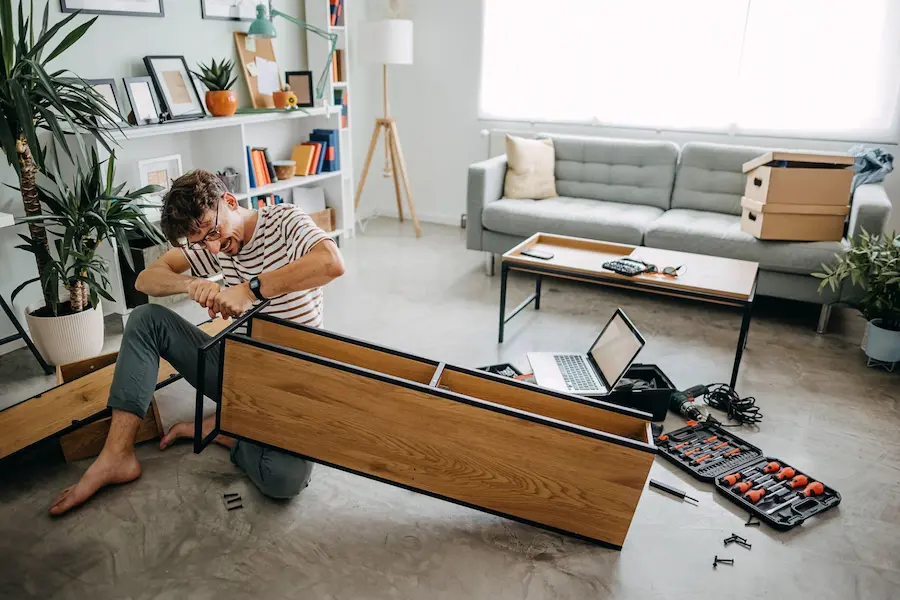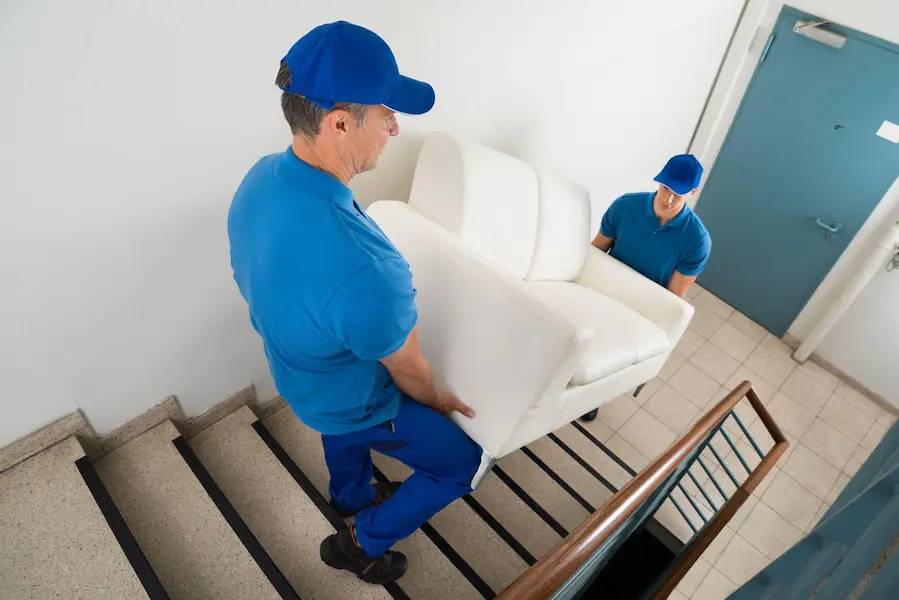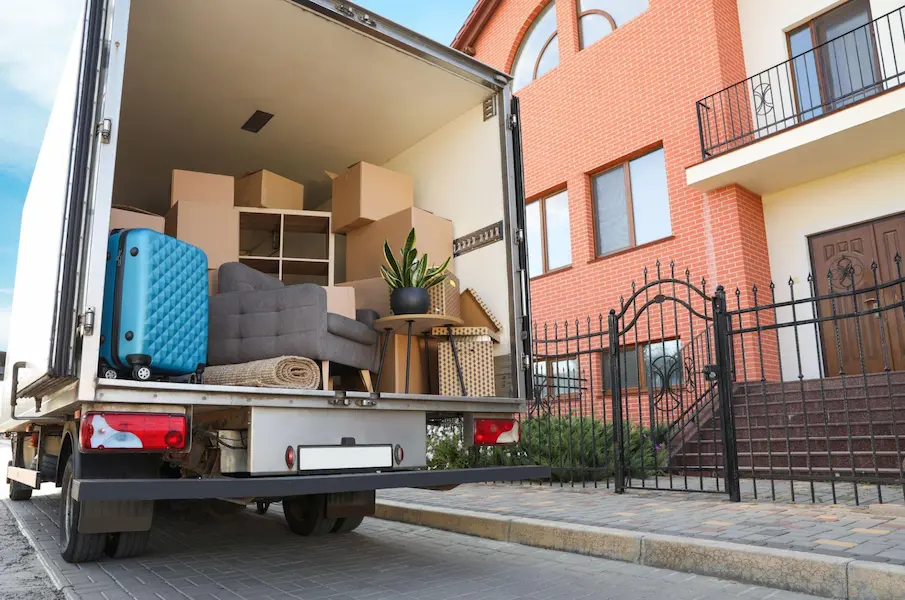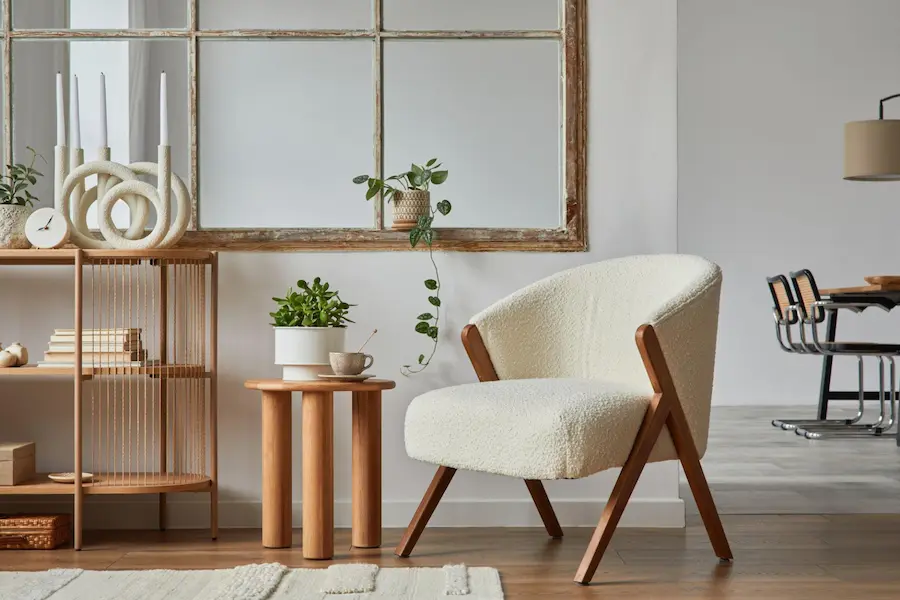Are you faced with the daunting task of moving one piece of furniture in the UK?
Whether you’ve recently purchased a new item or need to relocate an existing piece, the logistics of moving furniture can often be challenging and overwhelming.
In this article, we will provide practical tips and guidance to make the process smoother and more efficient. From planning and preparation to finding reliable help and ensuring the safety of your furniture.
The Challenge of Moving Furniture
Moving one piece of furniture even a single piece, can present various challenges. From manoeuvring bulky items through narrow hallways to ensuring their safe transportation, it requires careful planning and execution.
Assessing Your Furniture and Requirements
Before embarking on the moving process, it’s essential to assess your furniture and determine the specific requirements for its relocation.
Consider the dimensions, weight, and any special handling instructions for the piece you intend to move. This assessment will help you plan accordingly and ensure the necessary resources are available.
Planning and Preparation
Effective planning and preparation are critical to successfully moving one piece of furniture. Measuring and Assessing Doorways and Staircases.
Measure the dimensions of doorways, staircases, and other obstacles along the pathway to ensure your furniture can easily pass through. This will help you identify if any disassembly is necessary.
Gathering Necessary Tools and Equipment
Collect the required tools and equipment, such as screwdrivers, wrenches, furniture sliders, and moving blankets. These items will assist you in disassembling, protecting, and moving the furniture safely.

Finding Assistance
Moving furniture on your own can be physically demanding and potentially risky.
Consider the following options to seek assistance:
1) Seeking Help from Friends and Family
You can take the help of your friends and family members for support. It can make the process easier and more efficient. Make sure to communicate your needs and coordinate the logistics in advance.
2) Hiring Professional Movers
You can use the Man and Van Hire service which specialises in moving one piece of furniture if you prefer professional assistance. Research local movers, read reviews, and compare quotes to find a reliable and cost-effective option.
3) Utilizing Online Platforms and Services
In today’s digital age, several online platforms connect individuals who require moving assistance with people willing to lend a hand. Explore platforms like TaskRabbit, where you can find experienced helpers available for hire.

Ensuring Safety and Protection
Protecting your furniture during the moving of one piece of furniture is crucial to prevent damage.
Take the following measures to ensure safety and protection:
Disassembling Furniture, if Required
If your furniture can be disassembled, carefully remove it following the manufacturer’s instructions. Keep track of all screws and components by organizing them in labelled bags or containers. This will make reassembly easier later on.
Proper Packing and Padding
Use appropriate packing materials, such as bubble wrap, foam padding, or moving blankets, to safeguard fragile or delicate parts of the furniture. Wrap these areas securely to minimize the risk of scratches or breakage.
Using Protective Covers and Blankets
Cover your furniture with protective covers or blankets to shield it from dirt, dust, and potential scratches during transit. Secure the covers tightly using tape or straps to keep them in place.
Transporting Your Furniture
When transporting your furniture, careful handling and proper vehicle selection are essential.
Follow these guidelines:
Choosing the Right Vehicle
Select a suitable vehicle for transporting your furniture. If you have access to a van or truck, ensure enough space to comfortably accommodate the piece. If you still need to, consider renting a vehicle that meets your requirements.

Securing and Strapping the Furniture
Once the furniture is loaded into the vehicle, secure it properly using straps or ropes to prevent shifting or toppling during transit. Fasten the furniture to anchor points in the vehicle to ensure stability.
Driving with Caution
Exercise caution while driving, especially when carrying valuable or fragile furniture. Drive smoothly, avoid sudden stops or sharp turns, and maintain a safe distance from other vehicles. Taking these precautions will help protect your furniture from damage.
Unloading and Placement
When you reach your destination, it’s time to unload and position the furniture in its new location.
Follow these steps:
(1) Clearing the Pathway
Before unloading, clear the pathway from obstacles to ensure a smooth and safe furniture movement. Remove any items that could hinder the process, such as rugs, plant pots, or loose objects.
(2) Lifting and Manoeuvring Techniques
When lifting heavy furniture, use proper lifting techniques. Bend your knees, keep your back straight, and use the strength of your legs. Use sliders to facilitate movement if the furniture is too heavy to handle.
(3) Positioning the Furniture in the Desired Location
Carefully place the furniture in its designated spot, not damaging walls, floors, or other furniture in the process. If needed, make minor adjustments to ensure a perfect fit and alignment.

FAQs
Can I move furniture by myself without any assistance?
Moving furniture by yourself is possible, but it can be physically demanding and potentially risky. It’s recommended to seek assistance to ensure a safer and more efficient process.
How much does hiring professional movers for a single piece of furniture cost?
The cost of hiring professional movers for furniture can vary depending on factors such as distance, complexity, and additional services required. It’s advisable to obtain quotes from different moving companies to compare prices.
Are there any weight or size restrictions for moving furniture in the UK?
Weight and size restrictions may vary depending on the specific circumstances, such as the type of vehicle being used or any regulations imposed by the moving company. Discussing these details with the professionals you hire or researching specific guidelines if you’re moving the furniture yourself is essential.
What if my furniture gets damaged during the moving process?
If your furniture gets damaged during the moving process, it’s essential to have appropriate insurance coverage in place. Consult with your Local moving company or check your homeowner’s insurance policy to determine the extent of coverage.
Can I insure my furniture during transit?
Yes, it’s possible to insure your furniture during transit. Check with your moving company or insurance provider to explore options for insurance coverage to protect your furniture from any potential damage or loss.
Conclusion
Moving one piece of furniture in the UK can be challenging. Still, proper planning and the right approach can make the process smoother and more efficient. Start by assessing your furniture and understanding its requirements. Plan and prepare for the move by measuring doorways and gathering the necessary tools and equipment.
Seek assistance from friends and family, or consider hiring Man and Van for a hassle-free experience. Ensure the safety and protection of your furniture by disassembling it if necessary, using proper packing and padding materials, and covering it with protective blankets or covers.
When it’s time to transport the furniture, choose a suitable vehicle and secure the furniture properly to prevent any movement or damage during transit. Drive with caution and care to avoid any accidents or mishaps.
Upon reaching your destination, unload the furniture and position it in its new location. Clear the pathway, use proper lifting techniques, and adjust to fit perfectly.
In conclusion, moving a single piece of furniture in the UK requires careful planning, preparation, and execution. Following the steps outlined in this article can ensure a successful and stress-free furniture move.



